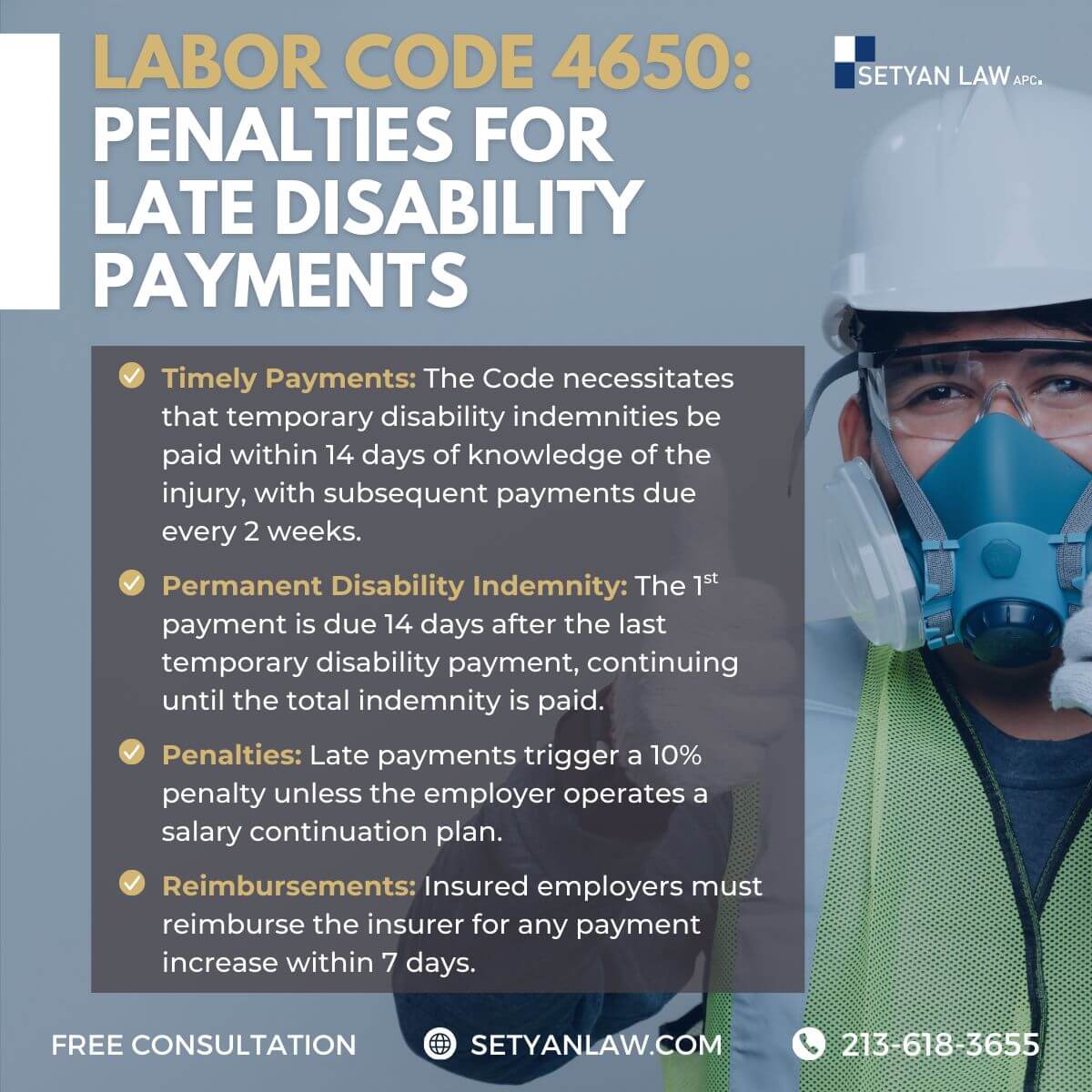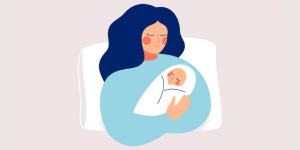Updated June 26, 2025
California Workers’ Compensation Disability Benefits
Workers’ compensation benefits are a mandatory requirement in the state of California. A company must have at least one employee to operate legally, and workers’ compensation insurance must cover that person. Part-time workers are also eligible for workers’ compensation payments.
In California, employees may receive one of two different forms of disability compensation benefits:
Temporary Disability benefits
Employees’ compensation temporary disability benefits intend to compensate injured workers for the income they would have earned but for their condition. If the insurance company determines that the injury directly connects to the job, these benefits will be paid out. The insurance company will not pay any benefits if it is determined that the injury did not happen while on the job.
Permanent disability benefits
Permanent disability benefits are for people who aren’t expected to get better.
These benefits compensate workers for their “loss of future earning capacity.” This is calculated as the percentage of the victim’s ability to compete in the job market, ranging from 0% to 100%.
Benefits for Temporary Disability
Workers who can’t return to work within three days can get temporary disability benefits to compensate for some of the money they lost because of their injury. The benefits usually replace up to two-thirds of the lost wages or up to $840 per week. Temporarily disabled residents of California are subject to both a minimum and maximum benefit amount. The lowest weekly rate in 2022 is $203.44, and the highest is $1,356.31.
Temporary disability benefits are paid every two weeks on a day set when the first payment is made. This continues until the employee can return to work or their condition becomes permanent and stationary.
Many County employees are eligible for salary continuation benefits, which are paid in place of temporary disability benefits at the State rate. Some types of County employees can get benefits that are more than the state’s temporary disability rate. These classes of employees are those with conditions like:
- Chronic and acute hepatitis B
- Chronic and acute hepatitis C
- Amputations
- Severe burns
- Human immunodeficiency virus (HIV)
- Eye injuries caused by rapid impact
- Chemical eye irritation
- Respiratory fibrosis
- Chronic pulmonary illness
California’s Permanent Disability Benefits
The question “What is the maximum permanent disability compensation in California?” is often asked by those seeking permanent disability benefits within the state. However, the process for receiving compensation for a permanent disability is different. Two-thirds of the applicant’s pre-disability weekly earnings is the amount they will receive each week as permanent disability benefits.
Under the workers’ compensation system in California, there are two categories of permanent disability benefits:
- Permanent Partial Disability
- Total permanent disability
Suppose a worker is found to have a permanent partial disability. In that case, they are entitled to weekly compensation for a period that grows with the degree of impairment. This is from four weeks for a permanent disability of 1% to 694.25 weeks for a 99.75% disability.
Benefits for permanent partial-disability are also available, although they have far lower maximums and are paid out at two-thirds of the injured worker’s average weekly earnings.
If your disability rating is between 70 and 69.75 percent, you will get $220 per week; if it is between 70 and 99.75 percent, you will receive $270 per week. After the last payment of permanent partial disability benefits, those with a 70% or more disability get a modest life pension of up to $257.69 per week.
The Permanent Disability Rating Schedule and an evaluation of the injured worker’s permanent impairment and limits are used to arrive at the percentage of permanent disability.
Standard percentage ratings for permanent impairments and limits are specified in the Permanent Disability Rating Schedule, with provisions to adjust these ratings depending on the injured worker’s age, occupation, and impaired future earning capability.
The standard rating is changed for occupation by either raising the rating or reducing it depending on how much of an obstruction the permanent impairment or restriction will provide to the worker’s ability to execute their profession.
Permanent disability benefits, with rare exceptions, must commence no later than 14 days after temporary disability payments end. Every two weeks is the bare minimum that the insurance company must pay you. The insurer will owe you an extra 10% of the overdue sums if it is late with any payments (for whatever cause). You may be entitled to up to twenty-five percent of each late payment, up to a maximum of ten grand, if the insurer can’t provide an acceptable explanation for the delay. (Sections 4650, 5814, Labor Code of California, 2018)
California employment cases can be complex. Your employer will likely fight back. You need someone on your side to protect your rights and get the money you deserve.
Call Setyan Law at (213)-618-3655 for a consultation.






